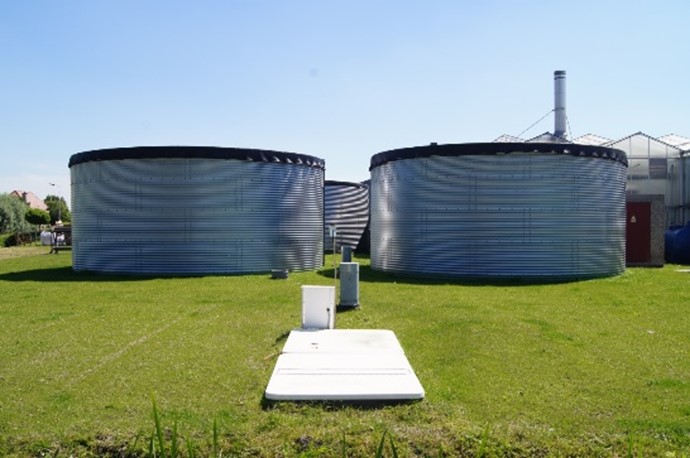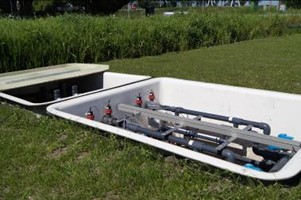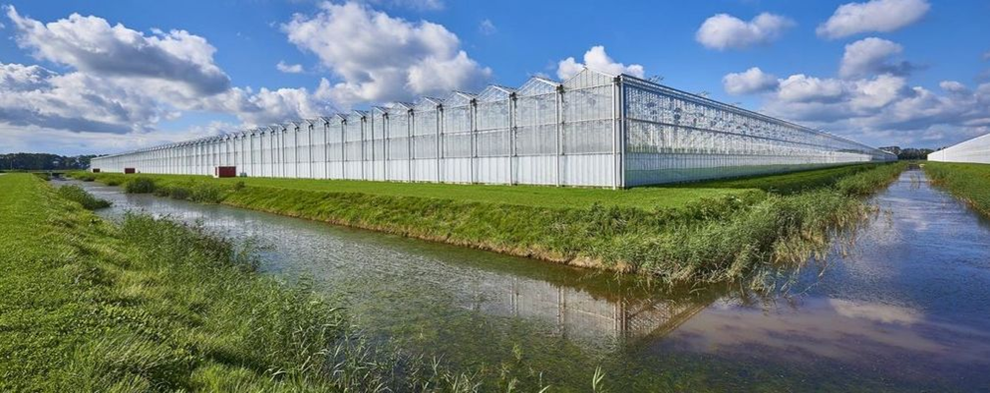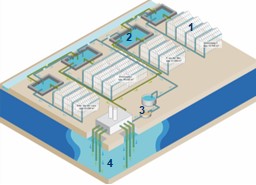
Unique selling points
- High storage of rainwater: approximately 95% of rain fallen on roofs can be harvested.
- High recovery of the previously stored groundwater (≥ 30%) with desired quality to be reused (for example, to irrigate greenhouses). The lowest recovery percentage is obtained for the brackish groundwater environments, whereas the highest recovery percentage is achieved for the fresh groundwater environments.
Description of the technology
Large scale Aquifer Storage & Recovery (ASR) systems are human-made or human-enhanced natural systems that harvest (e.g. from roof) and collect (e.g. in basins) rainwater to later inject it to the aquifers aiming to replenish them, to store freshwater in aquifers and reuse it for beneficial purpose (e.g. agriculture irrigation). These systems aim to avoid aquifer salinization as well as to improve the quantity of available water used for different applications (irrigation, drinking water, etc.). They are linked to ecosystem restoration projects. Moreover, they are cost-effective systems because of optimal use of the natural conditions (Zuurbier, 2016; Dillon, 2006).
In the NextGen project, by the ASR systems, the rainwater (winter) is collected from the roofs (area about 2500 ha) and partly stored in aboveground basins (average 800 m3/ha/year), whereas the rest of rainwater collected (7700 m3/ha/year) is temporarily stored in an aquifer (depth approximately of -20m to -40 m below surface) so it can be recovered in summer period to be reused (as irrigation water, for example). Moreover, the infiltration of freshwater limits also further salinization of the aquifer.
The capacity of the system in the NextGen project corresponds to an average of 8500 m3/ha/year of water stored; and an average of 5000 m3/ha/year of water recovered and reused (= sum of rainwater collection tank (basin) + ASR).
Flow scheme of the technology
The scheme of the ASR system used in the NextGen project is shown in the following figures.
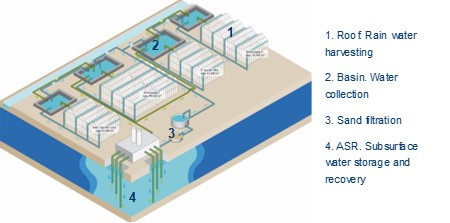

Figure 1. Schemes of the ASR system used in the NextGen project.
Pictures
Synergetic effects and motivation for the implementation of the technology
- Reduction of the aquifer salinization and ecosystem restoration
The ASR systems allow to replenish the aquifers with rainwater), which presents a low electrical conductivity. The storage of the rainwater in the aquifer avoids/minimizes the saline water intrusion into freshwater aquifers and control land subsidence thus contribute to the ecosystem restoration.
- Reduction of the drinking water consumption
By the proposed scheme, the recovery of the stored groundwater in summer period is an effective alternative to desalinate brackish water for the irrigation. The water recovered can be later used for several applications. This contributes to decrease the drinking water consumption from the direct exploitation of the aquifers.
Technology requirements and operating conditions
The following table summarize the requirements of the ASR system for an optimal performance.
Table 1. Required specifications for the ARS system (Zuurbier, 2016).
|
Parameter |
Units |
Min |
Max |
|
Sodium concentration of harvested water |
mg/L |
0 |
15 |
|
Pressure |
bar |
0.3 |
1 |
|
Above ground temporarily storage capacity |
m3/ha |
500 |
5000 |
Key performance indicators
Table 2. KPIs for the ARS system provided in NextGen, D1.2.
|
Parameter |
Units |
Min |
Max |
Comments |
|
Percentage of water stored |
% |
95 |
> 95 |
|
|
Percentage of water recovered |
% |
30 |
> 95 |
In Westland, a recovery of 30% is achieved for the brackish groundwater environment, whereas the recovery can increase to >90% for the fresh groundwater environment. |
Links to related topics and similar reference projects
|
ASR system |
Reference |
|
NextGen |
Case Study applying the technology
Publications
- Dillon, P.; Pavelic, P.; Toze, S.; Rinck-Pfeiffer, S.; Martin, R.; Knapton, A.; Pidsley, D., Role of aquifer storage in water reuse, 2006
- Plana Puig, Q., Nanu, C., Groza, I., Soares, A., Vale, P., Monokrousou, K., Makropoulos, C., Katsouras, G., Tsalas, N., Tazes, N., Tsimnadis, K., Lindeboom, R., Plata, C., Suters, R., Kenyeres, I., Plà, M., Filipsson, S., Hedman, F., Kim, J., Hofman, J.,, D1.3 New approaches and best practices for closing the water cycle, 2022
- Zuurbier K., Increasing freshwater recovery upon aquifer storage, 2016

